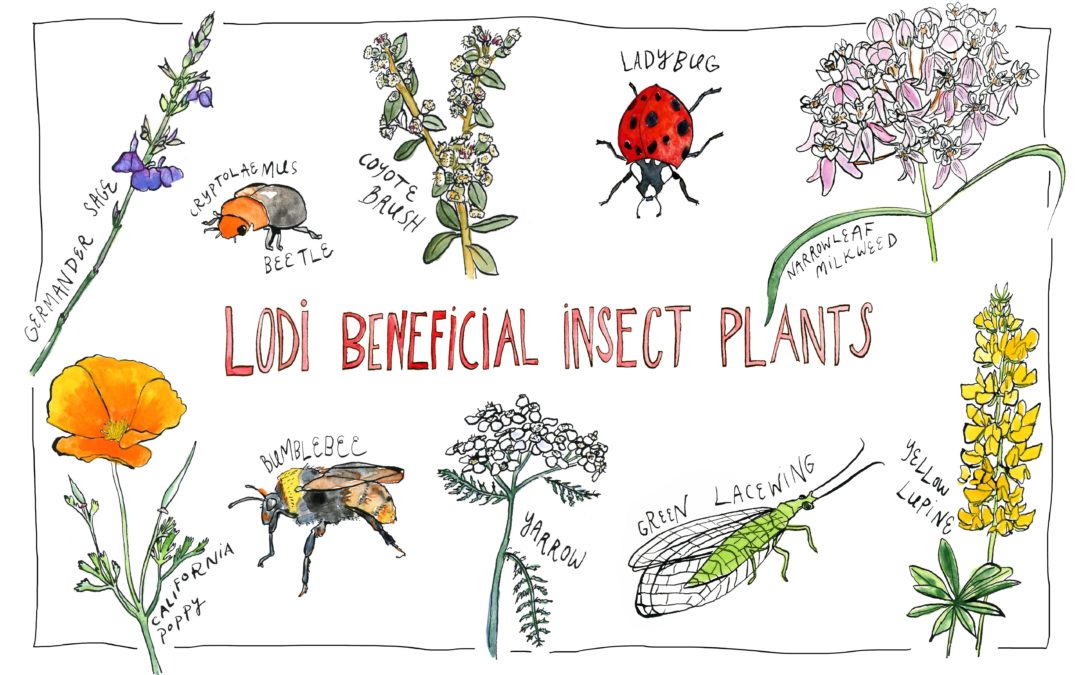MARCH 23, 2020. BY RANDY CAPAROSO.
This past Tuesday (March 10, 2020) saw a beautiful morning out in Lodi wine country. Still a little nippy in the air, but under bright and crystal blue skies, while little tiny pinkish buds were starting to poke out of surrounding trellised vines owned and farmed by LangeTwins Family Winery & Vineyards.
The occasion was a Hedgerow Workshop with The Xerces Society, sponsored by the Lodi Winegrape Commission when nearly 50 Lodi growers gathered around to learn more about why what, and how to plant rows of native California plants — particularly plants that are indigenous to Northern San Joaquin Valley — known to boost the population of beneficial insects in a given area as much as 28 times (they learned) over.
Dr. Stephanie Bolton, the Lodi Winegrape Commission Research & Education Director and Sustainable Winegrowing Director (who is also obviously distinguished for having the longest job title in the world), tells us: “We were really excited to partner with Xerces Society to improve our relations with beneficial insects, Monarch butterflies, and pollinators. Many people don’t know, but the Xerces Society is a science-based nonprofit organization that has developed an incredible amount of educational material for farmers and the public.”
Dr. Bolton’s star guest speaker was Jessa Kay Cruz, the Senior Pollinator Conservationist for the Xerces Society. Adds, Bolton, “We’re lucky to have Jessa close by in Xerces’ Sacramento office. She has years of experience in the field and brings a sweet enthusiasm to our grower meetings. Not only is insect habitat beautiful — think explosions of flowers and colors! — but there are many, many ecological benefits to including insectary cover crops and hedgerows on vineyard property. At the hands-on workshop, we had people from ages 6 to 75 excited to plant California native species in a hedgerow… all in all, a lovely day!”
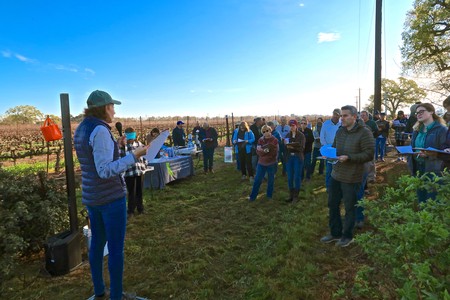 The Xerces Society’s Jessa Kay Cruz conducting Hedgerow Workshop with Lodi winegrape growers.
The Xerces Society’s Jessa Kay Cruz conducting Hedgerow Workshop with Lodi winegrape growers.
LangeTwins Family Vineyard Manager Aaron Lange, whose family has been diligently planting native species hedgerows — called “insectaries” by Biodynamic® farmers — for the past ten years, also gave a talk on their first-hand experience. Among the beneficial insect plants Lange has been particularly high on in terms of durability and effectiveness (not to mention pure aesthetics) in his own family’s vineyards:
• Western redbud (a.k.a. California redbud, a hardy shrub that puts out spectacularly vivid, purplish-pink flowers on dark branches)
• Rosa Californica (also called California Wildrose or California rose, which Lange says “is almost impossible to kill,” bearing swarms of papery pink flowers that in the fall turn into the rose hips popular for tea infusions)
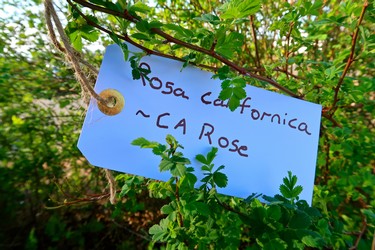
• Deergrass (beautiful perennial clumping grass that puts out dramatic flowering stalks)
• California buckwheat (puts out gorgeous clusters of pinkish, frilly petaled flowers)
• Coffeeberry (a.k.a. California buckthorn, a dark red berried bush requiring little water or feeding)
• Quail bush (also called big saltbush, a bushy, drought-tolerant, olive leafed pollinator that is a magnet for butterflies, birds, and, of course, nesting quails).
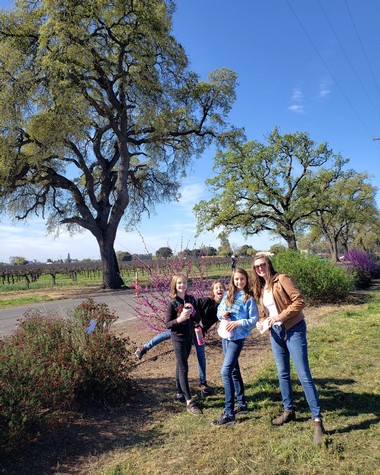 Lodi Winegrape Commission’s Dr. Stephanie Bolton, hosting the Lodi Beneficial Insect Plants Hedgerow Workshop with the help of three more common California “pests” (Julia Lange, Emma, and Becca Starr)
Lodi Winegrape Commission’s Dr. Stephanie Bolton, hosting the Lodi Beneficial Insect Plants Hedgerow Workshop with the help of three more common California “pests” (Julia Lange, Emma, and Becca Starr)
Advised Ms. Cruz: “There’s no right or wrong when planting hedgerows,” referring to a list of nearly 60 different locally indigenous insectary-type plants passed out at the workshop. Cruz recommended mulching and drip irrigation to hold down weed growth, and alternating taller shrubs with herbaceous plants and grasses as well as plants with varied bloom times to keep wildlife buzzing all year-round.
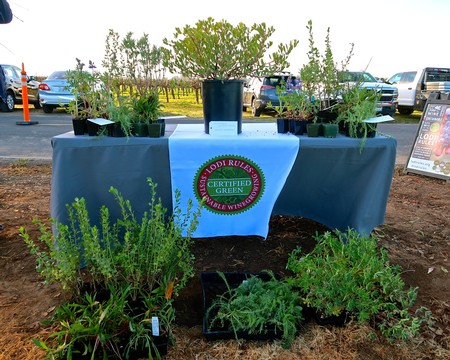 Samples of indigenous plants ideal for beneficial insect hedgerows passed out to growers.
Samples of indigenous plants ideal for beneficial insect hedgerows passed out to growers.
Lange commented that hedgerows can not only serve as a buffer between vineyards and communities when it comes to dust and sulfur, but has also helped fulfill one of their sustainability goals which is to “restore the wildlife corridors that were lost over 150 years ago when we began to farm the land.” Added Lange, “This has led to a change in our mentality as farmers, thinking of ourselves more as ‘land stewards’ rather than vineyard managers.”
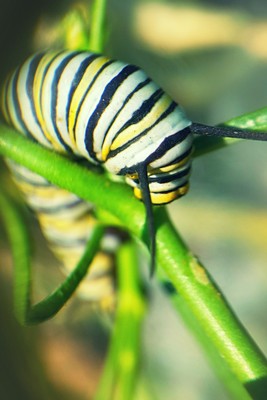 Monarch butterfly larva on narrow-leaf milkweed (image courtesy of Lodi grower Charlie Starr)
Monarch butterfly larva on narrow-leaf milkweed (image courtesy of Lodi grower Charlie Starr)
One of the best known and most beloved of pollinating insects, of course, is the beautiful Monarch butterfly, which consumes and deposits its eggs exclusively on Asclepias fascicularis, i.e. narrow-leaf milkweed. One of Lodi’s better-known vignerons (i.e. grower/winemaker) who was at the workshop, Heather Pyle Lucas of The Lucas Winery, spoke of their own experience, cultivating milkweed specifically for the (alarmingly) dwindling Monarch butterfly populations: “You can never have too much milkweed, which is self-seeding and non-invasive.”
Dr. Bolton added that there are a number of organizations — including USDA’s Natural Resources Conservation Service (NRCS) and California Department of Food & Agriculture (CDFA) — offering generous financial incentives to more than cover the cost of planting beneficial insect hedgerows. Lange mentioned a lot of this work done in conjunction with SLEWS (Student and Landowner Education and Watershed Stewardship), a program that engages high school students with hands-on experience planting and cultivating plants as part of riparian restorations, which also stimulates interest in the agricultural field.
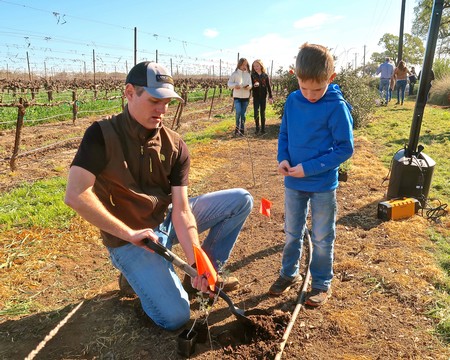 Aaron Lange giving a practicum on hedgerow planting with his son Declan.
Aaron Lange giving a practicum on hedgerow planting with his son Declan.
In addition, Lodi Winegrape Commission’s LODI RULES for Sustainable Winegrowing organization purchased 200 copies of The Xerces Society Guide, Farming with Native Beneficial Insects, which were handed out at the workshop. Says Dr. Bolton, “The book is an awesome read with tons of useful information, case studies from real farmers, and lots of photos!”
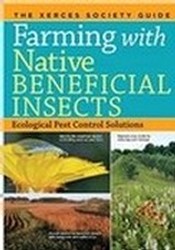
For anyone in the industry (as well as consumers!) interested in the pollinator resources put out by Xerces, Dr. Bolton recommends visiting Xerces Society California Pollinator Conservation Resouces, as well this page to find an expanded list of beneficial insect plants native to San Joaquin Valley: Recommended Plants for California Central Valley Region.
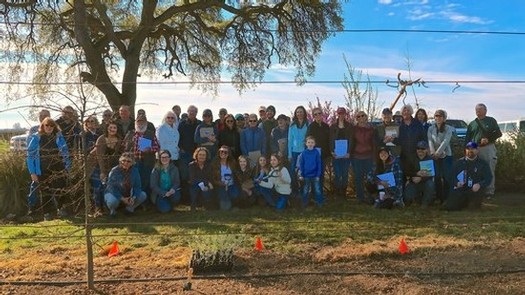 Most of the Lodi growers who attended The Xerces Society Hedgerow Workshop.
Most of the Lodi growers who attended The Xerces Society Hedgerow Workshop.
Have something interesting to say? Consider writing a guest blog article!
To subscribe to the Coffee Shop Blog, send an email to stephanie@lodiwine.com with the subject “blog subscribe.”
To join the Lodi Growers email list, send an email to stephanie@lodiwine.com with the subject “grower email subscribe.”
To receive Lodi Grower news and event promotions by mail, send your contact information to stephanie@lodiwine.com or call 209.367.4727.
For more information on the wines of Lodi, visit the Lodi Winegrape Commission’s consumer website, lodiwine.com.

